Roll2Seal® is an all-new sealing solution developed by Parker Prädifa for easy and effective closure of bores in non-pressurized applications. The clever design combined with an equally new assembly process enables simple and accurate installation of the seal, which rolls into its seat undamaged and without a lead-in chamfer.
The selection of the material depends on the thermal and mechanical requirements, beginning with PA6.6 for the seal carrier and NBR for the triangular seal as the most cost-efficient choices. The sealing system, consisting of a plastic or metal cover and the seal, is available in pre-assembled form if desired.
- Self-retaining static seal
- Innovative geometry
- No lead-in chamfer
- No deburring
- No lubrication
- Immune to unbroken edges of the bore
- Metal or plastic cover
- Available in pre-assembled condition
- Easy installation
- Suitable for repeated and overhead installation
- Space- and cost-saving
Clever Design Does the Job
Roll2Seal® – Without a Lead-in Chamfer
A seal would not survive an attempt to install it in a bore without a lead-in chamfer. Part of the seal would be sheared off at the edge of the bore even if the edge were chamfered or rounded.
The Roll2Seal® concept solves this problem. Instead of destructively squeezing the seal at the critical edge it is simply made to roll across it. This is achieved by providing the cover with a geometry which, together with the edge of the bore, forces the seal to rotate. Subsequently, the triangular cross section of the seal makes it possible for the seal to roll off at the dangerous edge of the bore with a minimum seal height and thus without risk of seal damage. Of course, in the seal’s actual seat, i.e. the final position after installation, sufficient seal height and thus compression must be ensured by all means.
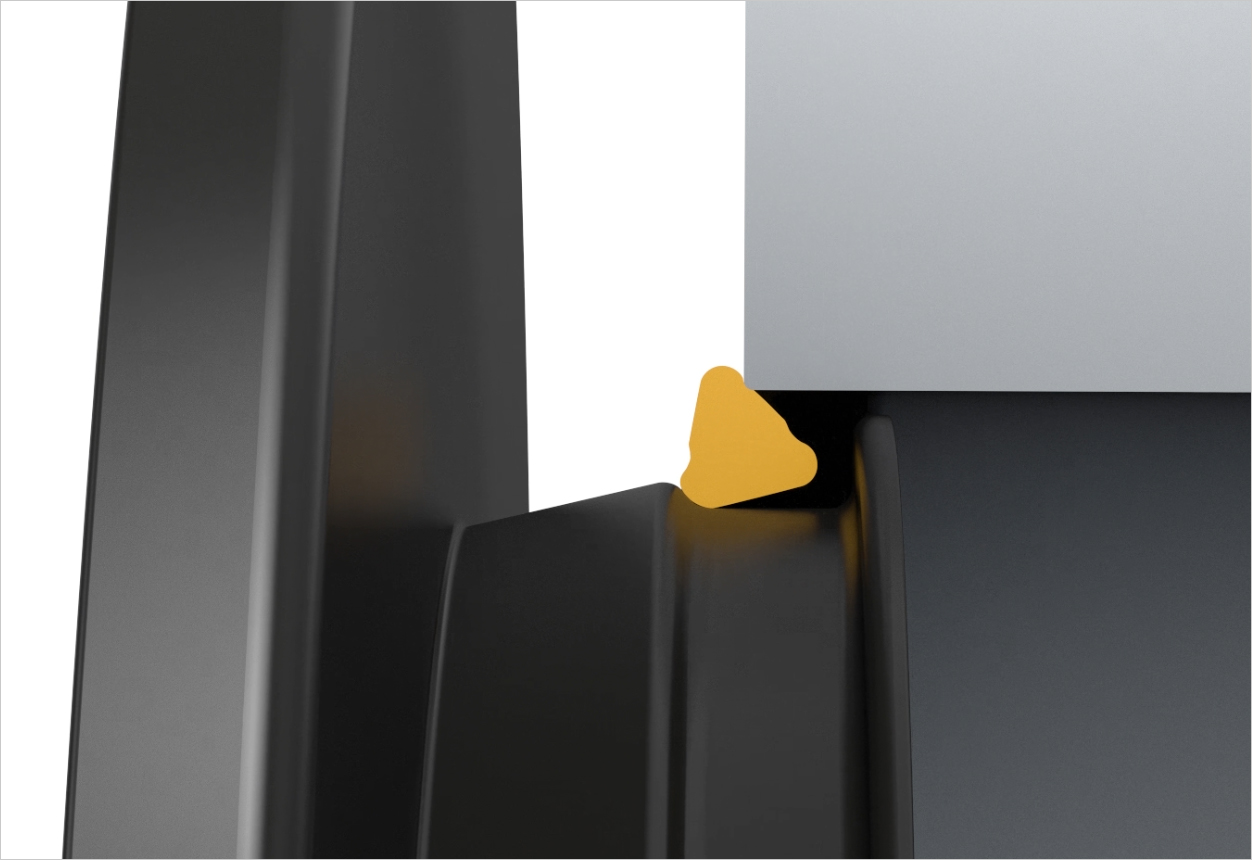
Roll2Seal® – Without Lubrication
The recommended lead-in chamfers of 15 to 20 degrees do not yet guarantee trouble-free installation by causing the seal to slip into the bore. Elastomers may exhibit considerable friction on dry, non-lubricated surfaces. While this is a desirable characteristic for instance on vehicle tires, it proves to be a major obstacle when installing seals. Consequently, a sufficient reduction of the friction coefficient between the seal and the chamfer by means of lubrication or an anti-friction coating is a prerequisite for seal installation.
The Roll2Seal® principle may be helpful here as well whenever the required friction factor cannot be achieved due to lack of lubrication, for instance on account of chemical incompatibility with lubricants, dispensing with paint-wetting impairment substances or simply for cost reasons, because high friction forces have no adverse effect on the assembly process of Roll2Seals®.
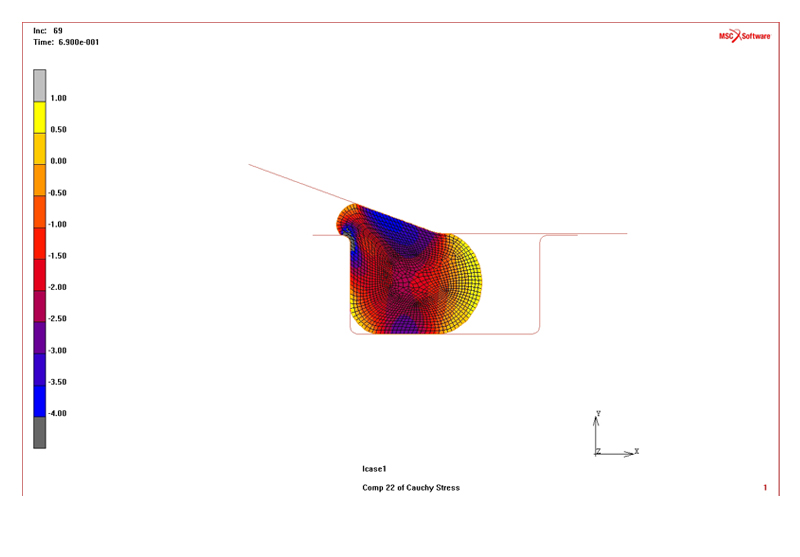
The illustration shows the problem of installing an O-ring with a lead-in chamfer of 20°. Due to the self-locking effect that sets in at a friction coefficient of about 0.4, the installation of the seal is no longer possible in this example. The O-ring will be partially sheared off. Furthermore, in the case of unevenly distributed friction forces, for instance due to an off-center position of the components to be joined, twisting of the seal may occur. This is caused by unilateral rolling while the seal slides on the opposite side. Such assembly defects often go unnoticed.
Roll2Seal® – Without Screws
As the installation progresses, the second special feature of this sealing concept becomes effective: the retention force of the cover in the bore.
This effect results from the fact that during the compression of the elastomer part the resulting contact stress forces of the top and bottom side are not exactly opposite each other – i.e. do not offset each other – but are offset laterally due to a slight chamfer of the bottom contact area and, additionally, the net force on the bottom side is slightly slanted. This causes a force to act on the cover that pulls the cover into the bore.
After the assembly forces (negative here due to being opposed to the X direction) have been overcome the seal rolls into the area of the chamfer where the assembly force is reversed to positive values. The progression of the assembly forces over the assembly process gives the worker installing the seal a sure feeling for accurate installation. After the maximum force has been overcome, the end of the installation process is also acoustically perceptible at the dead stop
Consequently, in the end position, an axial force is no longer needed to compress the seal. The retention force, which is positive now, prevents the cover from falling out. Its level can be adjusted in various ways: by the angle of the chamfer, the strength (hardness) of the material, the compression and the end position of the sealing element.
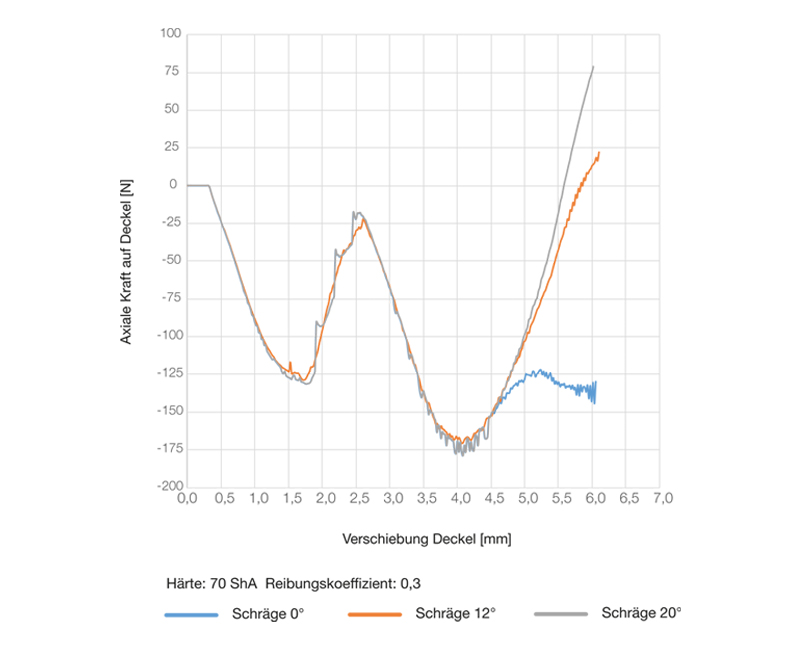
Roll2Seal® – Suitable for One-Time and Repeated Installation
Both one-time and repeated installation and removal of the Roll2Seal® is very easy and, thanks to the seal’s immunity to unbroken edges, can be accomplished without damaging the seal. Also suitable for overhead installation.
Applications

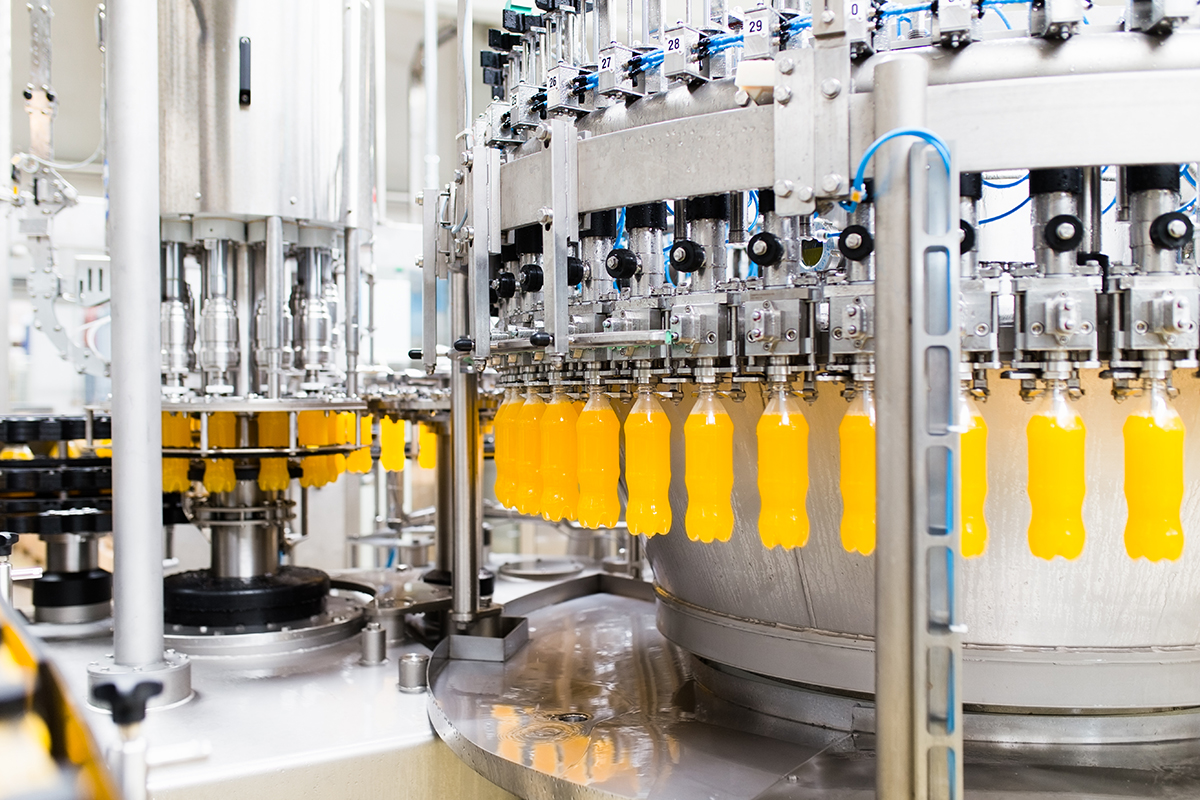
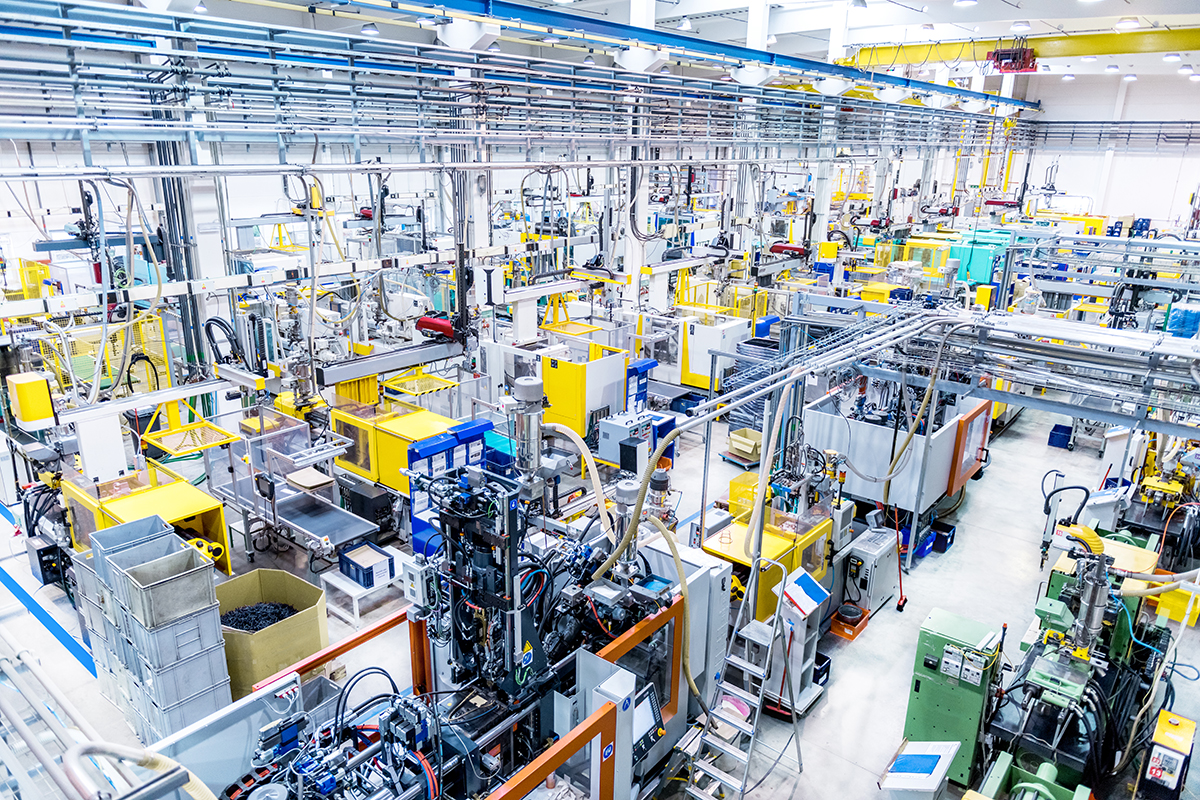
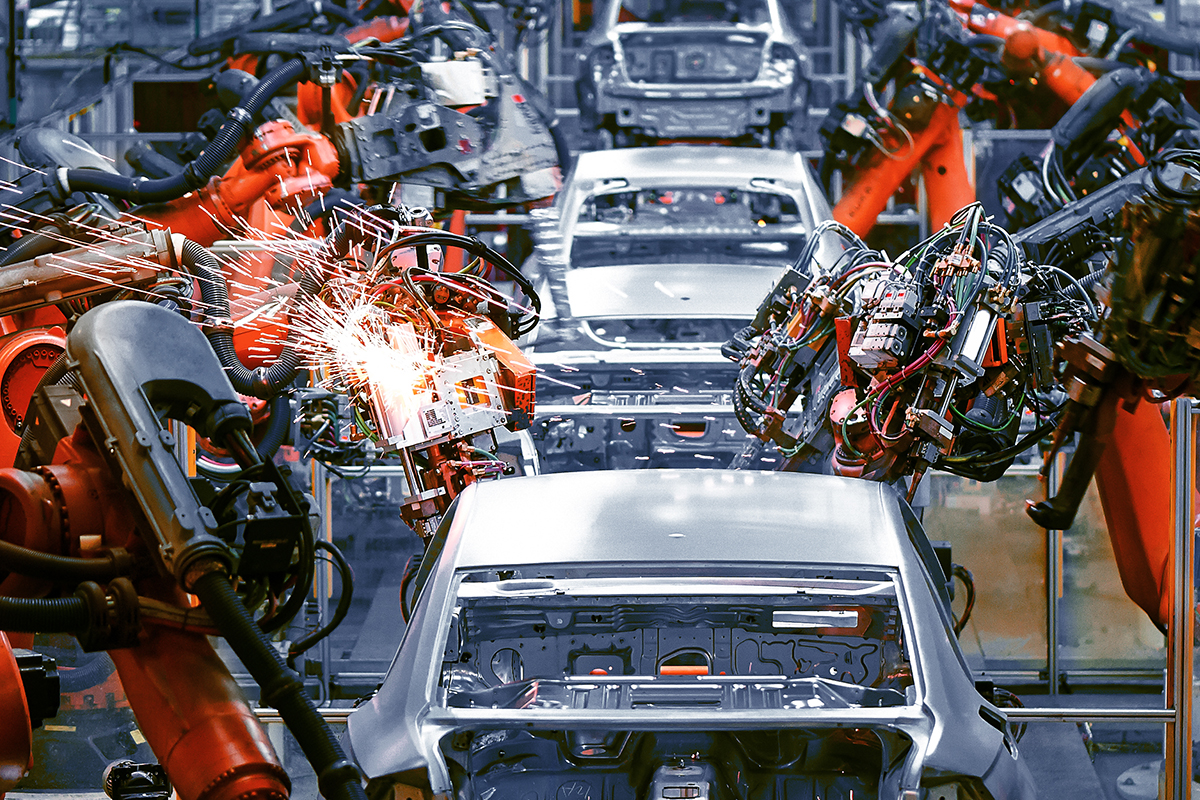
Applications are found
- where bores already exist for subsequent installation of additional component assemblies but require effective temporary or permanent sealing (e.g. for test runs or shipping),
- where lubrication during the assembly process is not possible,
- where non-pressurized systems require reliable sealing without screw connections.

Stay tuned for the latest trends in sealing technology, engineered components and system solutions in rubber and plastics.
Engineered Materials Group Europe
© Parker Hannifin Corp 2020 I Privacy Policies

